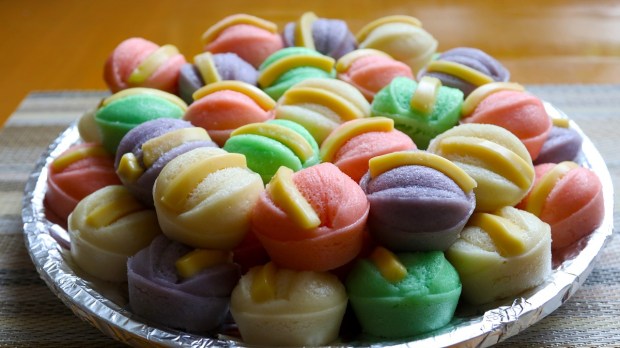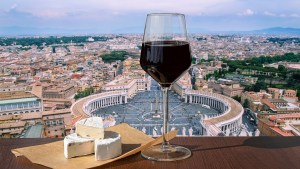Every December, Catholic Filipinos wake up before dawn to attend Simbang Gabi, a series of nine pre Christmas Masses called Misa de Aguinaldo or Misa de Gallo that are celebrated in the early morning hours. Respecting the Eucharistic fast, worshipers attend Mass on an empty stomach, but once the solemn celebrations are over, Mass-goers can refuel with traditional “dawn Mass” treats.
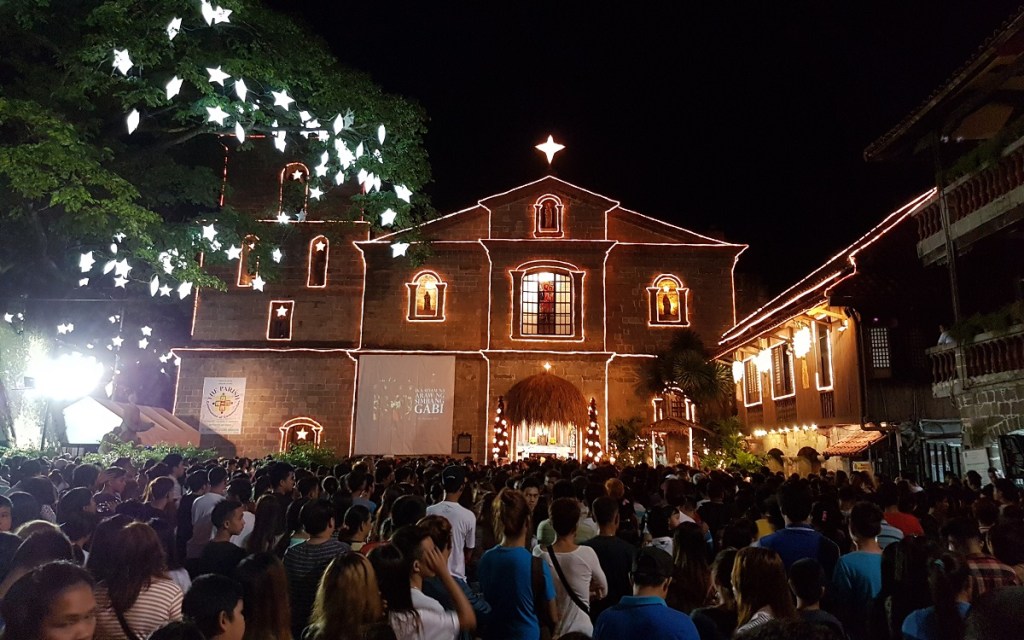
This beloved tradition was started in the 17th century by Spanish Jesuit priests, who would hold Masses in the pre-dawn hours to allow agricultural workers to attend the ceremonies before the start of the work day. These Masses were a celebration of the Annunciation, the time when the Angel Gabriel announced to Mary that she was to conceive the Christ Child. Farmers would then prepare a series of snacks to get some fuel before working in the fields.
Most of these snacks were made with rice, the most important local crop, and some form of honey or sugar. One of the most popular Christmas dawn Mass treats is a purple rice cake made by steaming a unique variety of glutinous rice called pirurutong with a piece of bamboo, called bumbong ng kawayan in Tagalog, and adding margarine or butter, brown sugar, and grated coconut. This delicious treat is prepared by covering rice grains in water overnight to create the glutinous rice base, which is then drained and packed into bamboo tubes to steam.
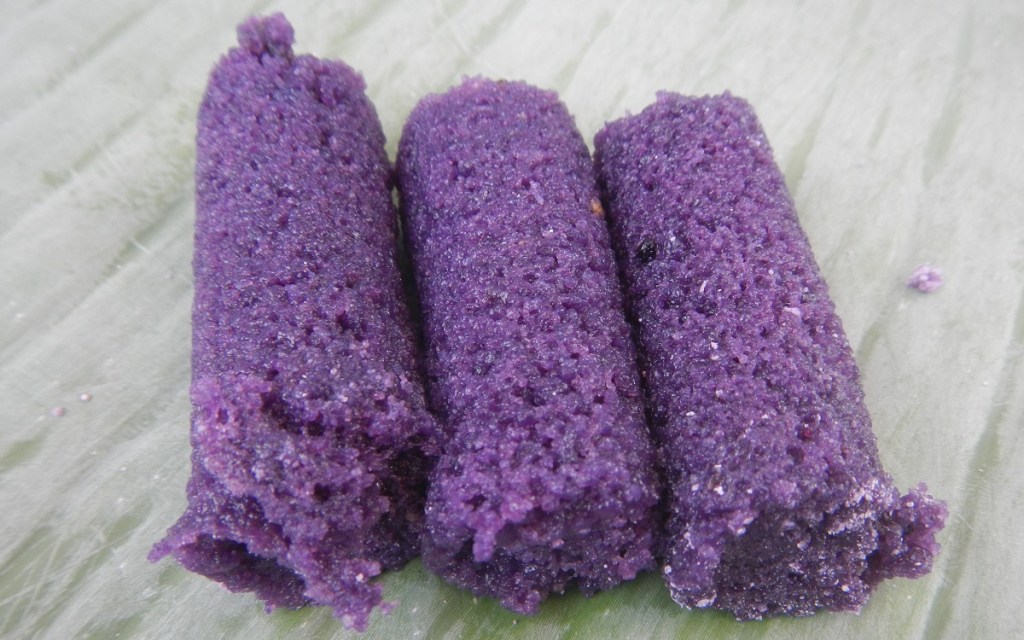
Bibingka or bingka is also made from glutinous rice with the addition of coconut milk, sugar, and baking powder. The first step to make this Christmas dawn Mass treat is lining a terracotta bowl with a large section of a banana leaf.
The glutinous rice mix is then poured into the bowl, topped with another layer of banana leaf and placed on hot coals. The end result is a slightly charred muffin-like cake infused with the aroma of toasted banana leaves. Several toppings can be added to complete this culinary creation, including cheese, grated coconut, muscovado sugar, and salted egg.
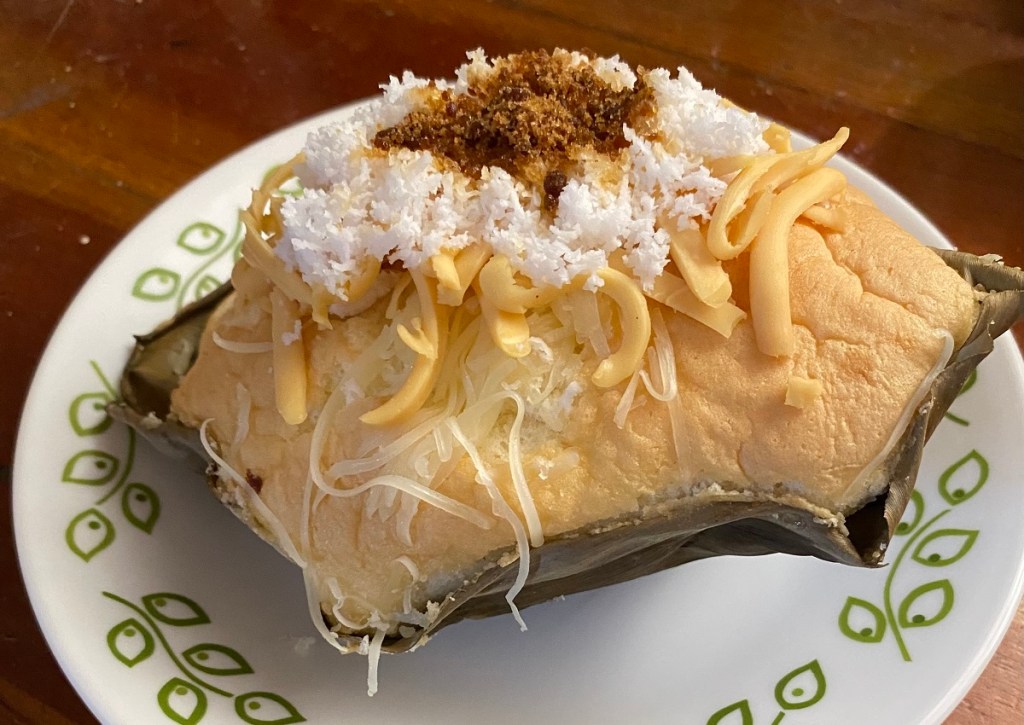
Another banana leaf treat is called rice puto and comes in various colorful versions. It is made from mixing fermented rice with yeast overnight to create a dough called galapong that is then wrapped in banana leaves and steamed to create small, puffy, rounded cakes. Modern variations of this popular treat can come in a range of different colors thanks to ingredients like purple yam (ube), chocolate, or vanilla.
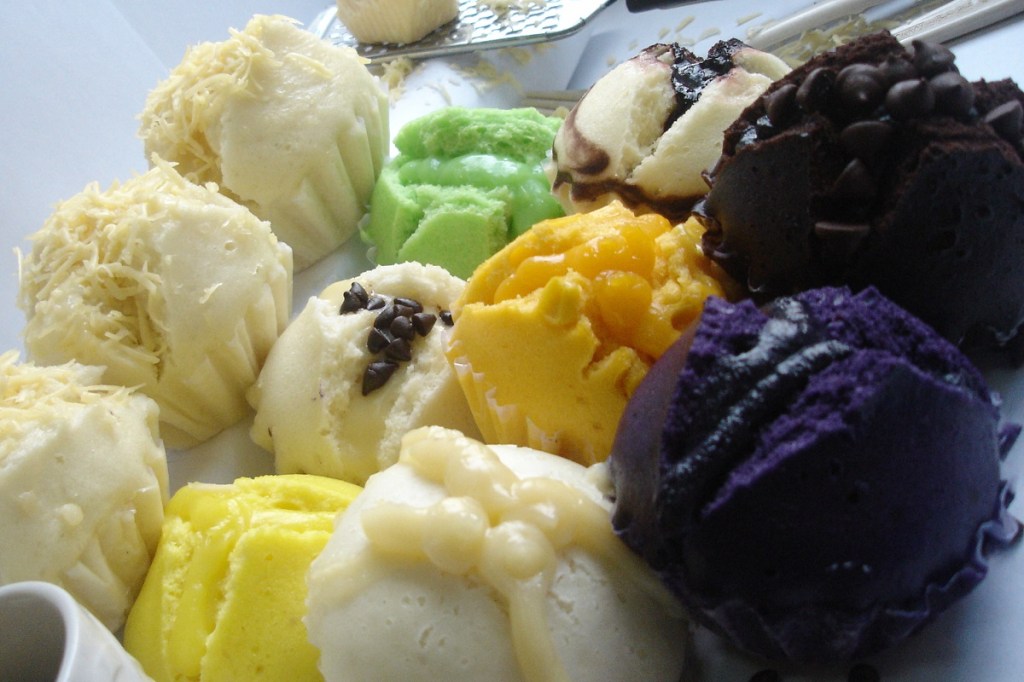
Another popular variation of puto is called kutsinta. Looking like a rounded piece of toffee, these sweet rice cakes are made by steaming a mix of rice flour, tapioca, brown sugar, and lye, which is then colored with yellow food coloring or annatto tree extract. Coconut can be sprinkled on top before serving.
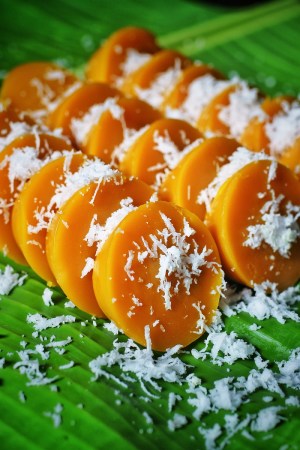
Puto maya is also a beloved variation of this treat and probably the easiest to make, as one can simply bake or steam a mix of glutinous rice, ginger, coconut milk, and water.
Made with a mix of modern and indigenous ingredients and combining indigenous cooking methods like charcoal steaming with baking techniques introduced by Jesuit missionaries, Christmas dawn Mass treats speak to the unique diversity of the Philippines Catholic culture.
As explained in the Filipino news website Sunstar.com, while believers’ main focus during Christmas dawn Masses is the celebration of Advent, these delicious treats are something that all Mass-goers look forward to during Simbang Gabi, usually enjoyed with a cup of hot chocolate, known locally as tsokolate.
